Configure access to the PX-Backup UI
If the standard PX-Backup UI endpoint configuration doesn’t meet your requirements, you can configure access using HTTPS, access it through the load balancer, or even navigate to one of your node IPs directly.
Configure access to the PX-Backup UI on Kubernetes
This section shows you how you can configure access to the PX-Backup UI on Kubernetes.
Expose the PX-Backup UI on ingress and configure access using HTTPS
You can configure access to PX-Backup through HTTPS by creating an ingress rule.
Modify and paste the following spec into your one of your PX-Backup nodes, entering your own values for the following:
- spec.rules.host: specify the name of the host on which you’ve installed PX-Backup
- spec.tls.hosts specify the name of the host on which you’ve installed PX-Backup
spec.tls.hosts.secretName: specify the name of the secret that holds your Kubernetes TLS certificates
cat <<< ' apiVersion: networking.k8s.io/v1 kind: Ingress metadata: annotations: ingress.bluemix.net/redirect-to-https: "True" kubernetes.io/ingress.class: nginx nginx.ingress.kubernetes.io/x-forwarded-port: "443" name: px-backup-ui-ingress namespace: px-backup spec: rules: - host: <px-backup-host> http: paths: - backend: service: name: px-backup-ui port: number: 80 path: / pathType: Prefix - backend: service: name: pxcentral-keycloak-http port: number: 80 path: /auth pathType: Prefix tls: - hosts: - <px-backup-host> secretName: <TLS-backup-secret> ' > /tmp/px-backup-ui-ingress.yaml
Apply the spec:
copy to clipboardkubectl apply -f /tmp/px-backup-ui-ingress.yamlRetrieve the
INGRESS_ENDPOINTusing thekubectl get ingresscommand:copy to clipboardkubectl get ingress px-backup-ui-ingress --namespace px-backup -o jsonpath="{.status.loadBalancer.ingress[0].hostname}"
Once you’ve retrieved the INGRESS_ENDPOINT, you can use it to access the PX-Backup UI with the HTTPS scheme. Use the default credentials (admin/admin) to log in:
https://INGRESS_ENDPOINTAdditionally, you can access the Keycloak UI at the /auth path:
https://INGRESS_ENDPOINT/authAccess the PX-Backup UI using a node IP
You can access PX-Backup by directly navigating to one of your node’s IP addresses.
Find the public/external IP (NODE_IP) of any node in your current Kubernetes cluster.
Find the node port (NODE_PORT) of the
px-backup-uiservice.
Once you’ve found the node IP and port, you can combine them to access the PX-Backup UI:
http://NODE_IP:NODE_PORTAdditionally, you can access the Keycloak UI at the /auth path:
http://NODE_IP:NODE_PORT/authAccess the PX-Backup UI using the load balancer endpoint
You can also the access PX-Backup UI by navigating to the load balancer using either its host name or IP address.
Get the loadbalancer endpoint (LB_ENDPOINT) using one of the following commands:
Host:
copy to clipboardkubectl get ingress --namespace {{ .Release.Namespace }} px-backup-ui -o jsonpath="{.status.loadBalancer.ingress[0].hostname}"`IP:
copy to clipboardkubectl get ingress --namespace {{ .Release.Namespace }} px-backup-ui -o jsonpath="{.status.loadBalancer.ingress[0].ip}"`
Once you’ve retrieved the load balancer endpoint, you can use it to access the PX-Backup UI:
http://LB_ENDPOINTYou can access the Keycloak UI at the /auth path:
http://LB_ENDPOINT/authConfigure access to the PX-Backup UI on OpenShift
This section shows how you can configure access to the PX-Backup UI on OpenShift.
Access the PX-Backup UI using a route
Open the web console, go to Networking > Routes, and then select the Create Route button.
On the Create Route page, configure your route by populating the following fields:
- Name: enter a descriptive name
- Hostname: specify a public hostname. If you leave this field empty, OpenShift will generate a hostname.
- Path: leave this field unchanged.
- Service: choose
px-backup-uifrom the drop-down list. - Target Port: choose
80 -> 8080
When you’ve finished configuring your route, select the Create button.
OpenShift now displays a link to the PX-Backup UI on the Routes page. To access PX-Backup, select that link.
